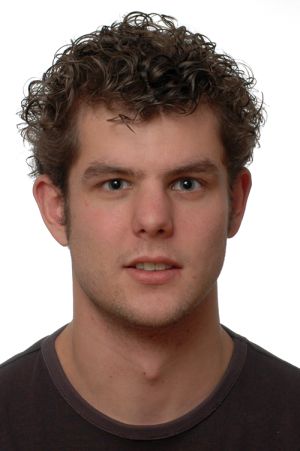Program Information
A Dual-Purpose MR Acquisition for Combined 4D-MRI and Dynamic Contrast-Enhanced Imaging
B Stemkens*, CAT van den Berg, T Bruijnen, FM Prins, LGW Kerkmeijer, JJW Lagendijk, RHN Tijssen, Department of Radiotherapy, University Medical Center Utrecht, the Netherlands
Presentations
TH-EF-605-7 (Thursday, August 3, 2017) 1:00 PM - 3:00 PM Room: 605
Purpose: To describe a free-breathing MRI acquisition and reconstruction method that simultaneously generates complementary high spatio-temporal dynamic contrast-enhanced (DCE) volumes and a respiratory phase-resolved 4D-MRI.
Methods: Four patients, suspected of renal-cell carcinoma, were scanned on a 1.5T MR-RT scanner (Philips, Best, Netherlands). A fat-suppressed 3D golden-angle radial stack-of-stars acquisition was acquired for five minutes (TR/TE=3.5/1.5ms, FOV=300x300x132mm³, voxel-size=1.9x1.9x4.0mm³). Opposed to regular DCE imaging, which is often acquired in multiple breath-holds, these data were acquired continuously during free breathing. 30s after the start of the acquisition, contrast (Gadovist) was injected. The data were reconstructed using previously published compressed sensing methods ((XD)-GRASP) into three different datasets: 1) a DCE time series with temporal resolution of 3.6 seconds, corresponding to 96 volumes; 2) a 5D-DCE time series of 25 volumes (temporal resolution = 13.8s), where each time-point consisted of 5 respiratory phases; 3) a phase-resolved 4D-MRI using the last 3.5 minutes of (contrast-enhanced) data. Motion in the last two reconstructions was extracted using non-rigid image registration. This was used to construct mid-position volumes and assess the influence of the regularized reconstruction.
Results: The high spatio-temporal resolution DCE time series allowed characterizing contrast enhancement features of all structures in the field-of-view. However, blurring was observed in the cranio-caudal direction as a result of breathing, which was reduced in the 5D exhale volumes. Motion was smaller in the 5D dataset, relative to the 4D-MRI (-33.3% (left-right), -28.9% (antero-posterior), -29.7% (cranio-caudal) on average). The mean tumor position in the DCE time-series was comparable to the 4D-MRI mid-position (average deviations: 0.12mm (left-right), 0.28mm (antero-posterior), 0.62mm (cranio-caudal)).
Conclusion: The proposed technique can 1) generate high spatio-temporal DCE volumes for contrast enhancement characterization and GTV delineation, 2) minimize respiratory-induced blurring and 3) characterize motion using a 4D-MRI with high (post-gadolinium) contrast for mid-position generation, using a single free-breathing continuous acquisition.
Contact Email:
